Technical Documentation: Kongsberg RCU 510
1. Product Description
The Kongsberg RCU 510 is a high-performance, fault-tolerant redundant control unit (RCU) developed by Kongsberg Maritime (Norway), designed to serve as the core control component for mission-critical automation systems in harsh industrial environments. As a flagship model in Kongsberg’s RCU 500 Series, it excels in applications where uninterrupted operation, precise process control, and resistance to extreme conditions are non-negotiable—specifically in marine, offshore oil & gas, and subsea industries.
Unlike entry-level control units (e.g., Kongsberg RCU 502), the RCU 510 is engineered with dual-core redundancy (2x independent CPUs, power supplies, and communication ports) to eliminate single points of failure. This makes it ideal for controlling complex systems like offshore drilling rigs, LNG carrier propulsion systems, and subsea production manifolds—where even a momentary control lapse could lead to costly downtime, environmental risks, or safety hazards.
Key Differentiators
- Industrial-Grade Resilience: Built to withstand saltwater corrosion, extreme temperatures, and high vibration—compliant with maritime and offshore standards (e.g., DNV GL, ABS).
- Flexible Protocol Support: Natively integrates with Kongsberg’s IAS (Integrated Automation System) and third-party devices via Modbus TCP/IP, Profinet, and NMEA 2000 (for marine applications).
- Edge Processing Capability: Embedded computing power enables real-time data analysis (e.g., predictive maintenance alerts) without relying on remote servers, reducing latency for time-sensitive controls.
Typical Applications
- Offshore Oil & Gas: Controlling subsea wellhead pressure, flow rates, and chemical injection systems.
- Maritime: Managing propulsion and dynamic positioning (DP) systems for large vessels (e.g., container ships, research vessels).
- Subsea Operations: Coordinating remotely operated vehicles (ROVs) and subsea sensor networks for pipeline inspection.
2. Technical Specifications
To ensure clarity, specifications are organized by functional category, with practical industrial relevance highlighted for each parameter.
2.1 Core Processing & Redundancy
|
Parameter
|
Details
|
Industrial Relevance
|
|
CPU Configuration
|
Dual ARM Cortex-A9 processors (1.2 GHz each), operating in hot-standby mode
|
Redundant CPUs ensure seamless failover (<50ms) if one core malfunctions—critical for DP systems.
|
|
Memory
|
2 GB DDR3 RAM (per CPU), 16 GB eMMC industrial flash (non-volatile)
|
Supports 6 months of 1-minute interval data logging for compliance (e.g., IMO marine regulations).
|
|
Redundancy Architecture
|
2x independent power supplies, 2x Ethernet ports, 2x serial ports
|
Eliminates single points of failure—ensures control continues if a power supply or communication link fails.
|
|
Control Accuracy
|
±0.01% full scale (FS) for analog signals; 1ms response time for digital I/O
|
Enables precise control of subsea valves (e.g., maintaining wellhead pressure within ±0.1 bar).
|
2.2 Input/Output (I/O) Capabilities
|
Parameter
|
Details
|
Industrial Relevance
|
|
Analog Inputs
|
16 channels (configurable: 4-20 mA, 0-10 V, RTD Pt100/Pt1000)
|
Accommodates diverse sensors (e.g., pressure transmitters, temperature probes) in offshore systems.
|
|
Analog Outputs
|
8 channels (4-20 mA, 0-10 V; max load: 500 Ω per channel)
|
Drives actuators like subsea valve positioners or marine thruster controllers.
|
|
Digital Inputs
|
32 channels (24 V DC, PNP/NPN; debounce time: 1-100 ms adjustable)
|
Monitors status signals (e.g., “valve open/closed,” “ROV ready”).
|
|
Digital Outputs
|
16 channels (24 V DC, 0.5 A per channel; overcurrent protected)
|
Triggers alarms, relays, or emergency shutdowns (e.g., “high pressure alert”).
|
|
Expansion Support
|
2x Ethernet-based I/O expansion ports (supports up to 4 external I/O modules)
|
Scales to large systems (e.g., adding 64 more digital inputs for a drilling rig’s safety interlocks).
|
2.3 Environmental & Mechanical Ratings
|
Parameter
|
Details
|
Industrial Relevance
|
|
Operating Temperature
|
-40°C to +70°C (-4°F to +158°F)
|
Withstands Arctic marine winters and tropical offshore conditions.
|
|
Protection Rating
|
IP65 (front panel); IP20 (backplane) when installed in a rack
|
Resists saltwater spray (offshore) and dust (engine rooms).
|
|
Vibration Resistance
|
10-500 Hz, 2 g peak (random vibration; IEC 60068-2-6)
|
Tolerates vibration from marine engines or drilling machinery.
|
|
Shock Resistance
|
30 g peak (11 ms duration; IEC 60068-2-27)
|
Survives transient shocks (e.g., rough seas or equipment installation).
|
|
Corrosion Resistance
|
EN ISO 9227:2017 (salt spray test: 1000 hours)
|
Prevents rusting in saltwater environments (e.g., offshore platforms).
|
2.4 Communication & Integration
|
Parameter
|
Details
|
Industrial Relevance
|
|
Ethernet Ports
|
4x Gigabit Ethernet (2x for redundancy, 2x for I/O expansion)
|
Enables high-speed data transfer to SCADA systems or Kongsberg’s K-Chief 700 HMI.
|
|
Serial Ports
|
2x RS485 (Modbus RTU), 1x RS232 (for local debugging)
|
Connects to legacy devices (e.g., older pressure gauges or marine GPS).
|
|
Wireless Support
|
Optional 4G LTE/Wi-Fi 6 module (via mini-PCIe slot)
|
Enables remote monitoring of offshore systems (no hardwired connections).
|
|
Protocol Compatibility
|
Modbus TCP/IP, Profinet, NMEA 2000, OPC UA/DA
|
Integrates with third-party systems (e.g., Siemens PLCs or Rockwell SCADA).
|
2.5 Certifications
- Maritime: DNV GL (Det Norske Veritas), ABS (American Bureau of Shipping), Lloyd’s Register.
- Industrial: CE (EN 61000-6-2/4 for EMC), ATEX Zone 2 (for explosive offshore environments), IECEx.
- Safety: IEC 61508 SIL 2 (functional safety for process control).
3. System Overview
The Kongsberg RCU 510 operates as the “control brain” of automation systems, integrating three core functional layers to ensure reliable, precise, and secure operation:
3.1 Redundant Control Layer
This layer is the RCU 510’s defining feature, ensuring zero downtime via hot-standby redundancy:
- Dual-CPU Synchronization: The two CPUs run identical control logic and continuously exchange data. If the “active” CPU detects a fault (e.g., memory error), the “standby” CPU takes over in <50ms—no disruption to connected systems.
- Redundant Power: Two independent 24 V DC power supplies (18-36 V DC wide range) automatically switch if one fails. This is critical for offshore systems where power outages could halt production.
- Fault Detection: Built-in self-monitoring checks CPU health, I/O signal integrity, and communication links. Faults are logged to non-volatile memory and sent to the HMI (e.g., “Ethernet Port 1: Link Down”).
3.2 Signal Processing & Control Layer
This layer converts sensor data into actionable control commands:
- Analog Signal Conditioning: Raw signals from pressure/temperature sensors are filtered (to reduce noise from marine engines) and calibrated (to correct drift from temperature changes). For example, a 4-20 mA pressure signal is converted to a digital value representing “0-100 bar.”
- Control Logic Execution: Supports IEC 61131-3 programming languages (Ladder Diagram, Function Block Diagram) for custom control strategies. For an LNG carrier, this could include “throttle propulsion based on ship speed and sea state.”
- Edge Analytics: Embedded algorithms analyze real-time data to predict equipment failures (e.g., “thruster motor current increasing by 5%/week = potential bearing wear”). Alerts are sent to maintenance teams via email/SMS.
3.3 Communication & Integration Layer
This layer connects the RCU 510 to external systems, enabling end-to-end automation:
- HMI Integration: Real-time data (e.g., “wellhead pressure: 85 bar,” “propulsion speed: 15 knots”) is sent to Kongsberg’s K-Chief 700 HMI, giving operators a visual overview of system status.
- SCADA/Cloud Connectivity: OPC UA protocol enables data transfer to remote SCADA systems (e.g., onshore oil & gas control centers) or cloud platforms (e.g., Kongsberg’s Kognifai for fleet-wide analytics).
- Third-Party Compatibility: Modbus TCP/IP support allows integration with non-Kongsberg devices, such as Siemens S7 PLCs for auxiliary equipment control (e.g., generator speed).
Example: Offshore Drilling Rig Control
In an offshore drilling application, the RCU 510 operates as follows:
- Data Acquisition: 16 analog inputs collect wellhead pressure (4-20 mA) and temperature (RTD) data; 32 digital inputs monitor valve status and emergency stops.
- Control Execution: The active CPU runs logic to adjust a choke valve (via analog output) if pressure exceeds 90 bar; the standby CPU mirrors this logic for redundancy.
- Communication: Pressure/temperature data is sent to the onshore SCADA system via 4G LTE; maintenance alerts (e.g., “valve response time slow”) are sent to the rig’s HMI.
4. Related Models in the Kongsberg RCU 500 Series
The RCU 500 Series offers variants tailored to specific application sizes, environments, and 功能. Below are key alternatives to the RCU 510:
|
Model
|
Key Differences from RCU 510
|
Ideal Application
|
|
Kongsberg RCU 502
|
– Single CPU (no redundancy)- 8 analog inputs/4 analog outputs- Lower cost (~30% less)
|
Small-scale systems (e.g., coastal vessel navigation, onshore water treatment plants) where redundancy is not required.
|
|
Kongsberg RCU 515
|
– Quad-core CPU (1.8 GHz)- 24 analog inputs/12 analog outputs- 5G support
|
Large offshore facilities (e.g., deepwater oil rigs) requiring high processing power and 5G for remote monitoring.
|
|
Kongsberg RCU 510-EX
|
– Explosion-proof housing (ATEX Zone 1/IECEx)- Intrinsic safety barriers
|
Hazardous environments (e.g., chemical tankers, gas processing platforms) where flammable gases are present.
|
|
Kongsberg RCU 505
|
– Marine-focused (NMEA 2000 primary protocol)- IP67-rated (fully waterproof)
|
Small to medium marine vessels (e.g., fishing boats, ferries) needing waterproofing and navigation-specific protocols.
|
|
Kongsberg RCU 520
|
– Subsea-rated (up to 3000 meters depth)- Fiber-optic communication
|
Subsea systems (e.g., pipeline inspection ROVs, subsea production manifolds) where pressure and water resistance are critical.
|
|
Kongsberg RCU 510-L
|
– Lightweight design (50% smaller than RCU 510)- Reduced I/O (12 analog inputs/6 outputs)
|
Compact systems (e.g., unmanned surface vessels, small offshore platforms) where space/weight is limited.
|

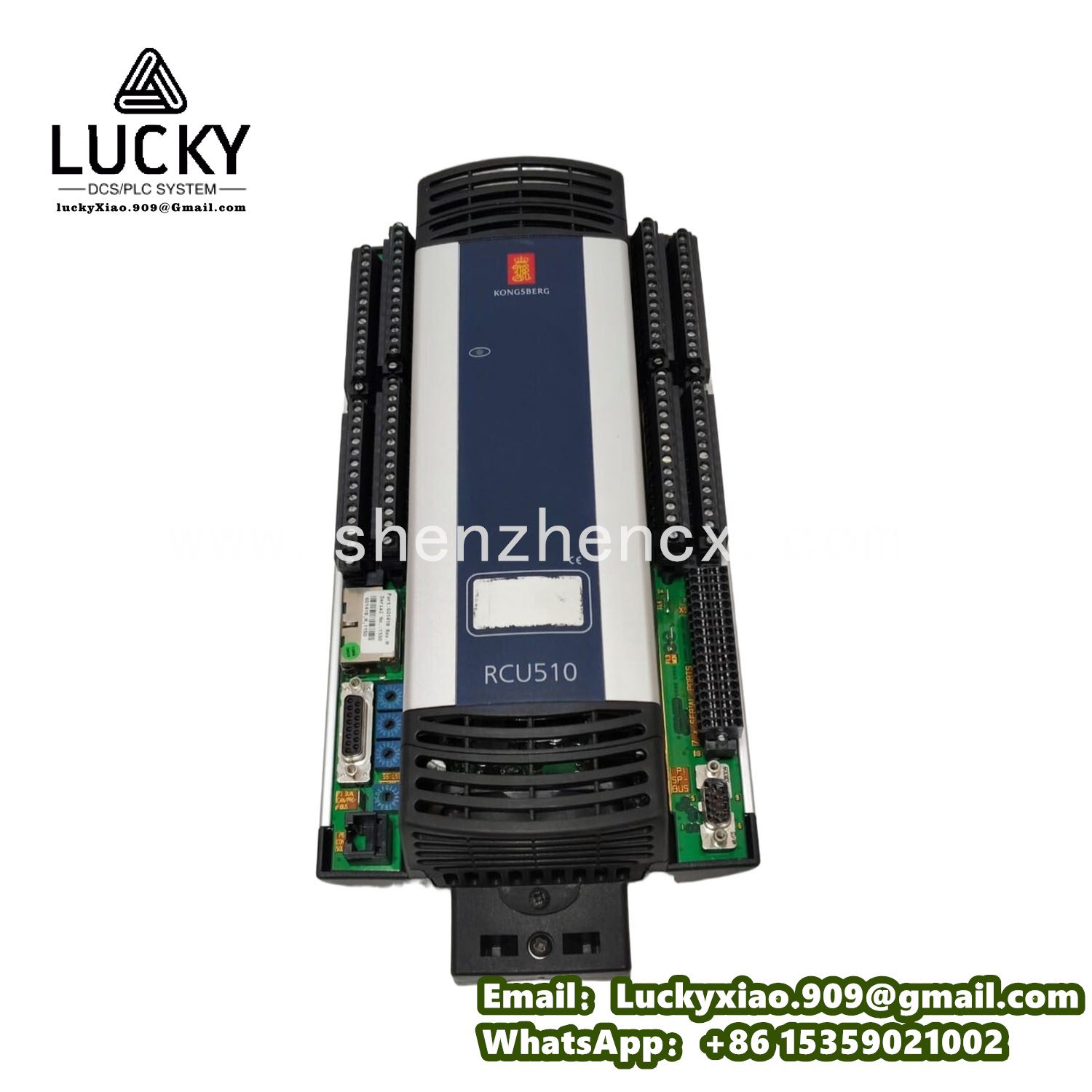
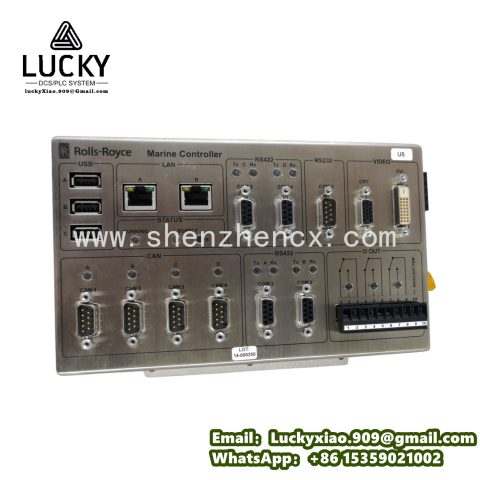
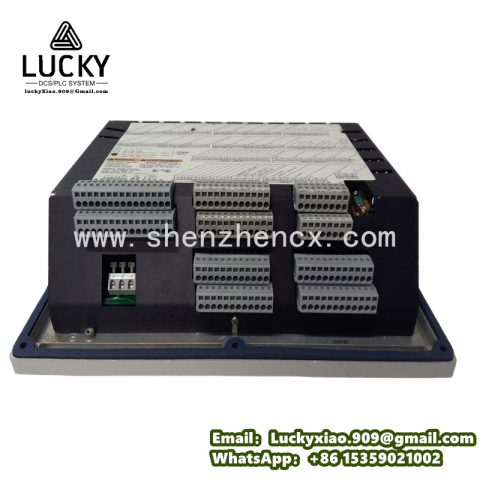
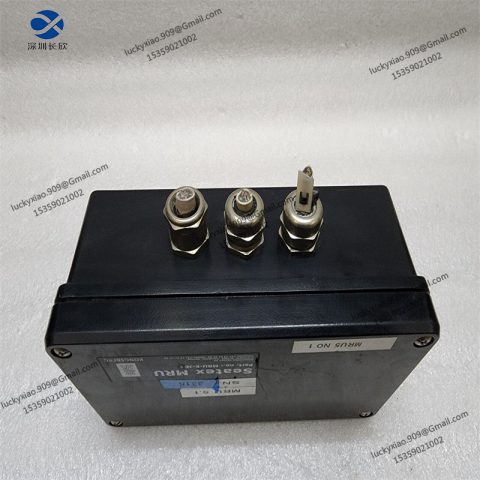
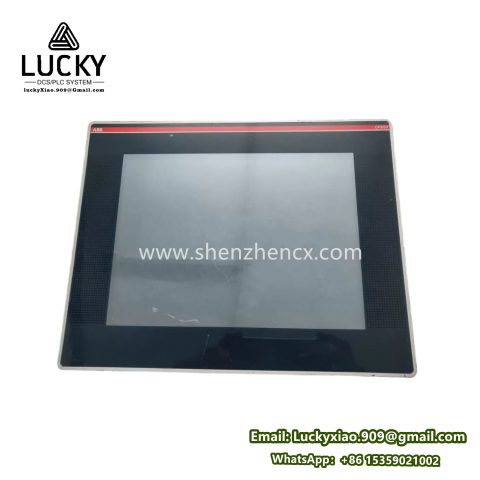
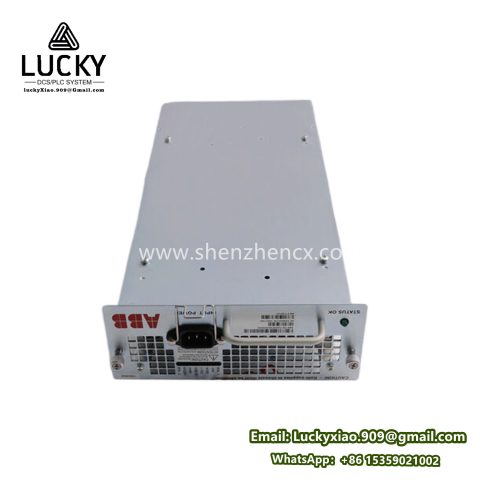
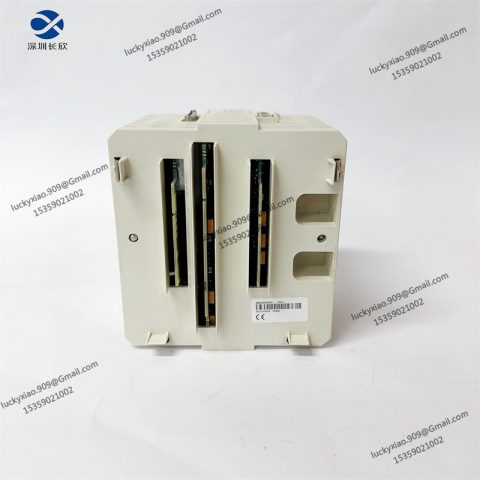
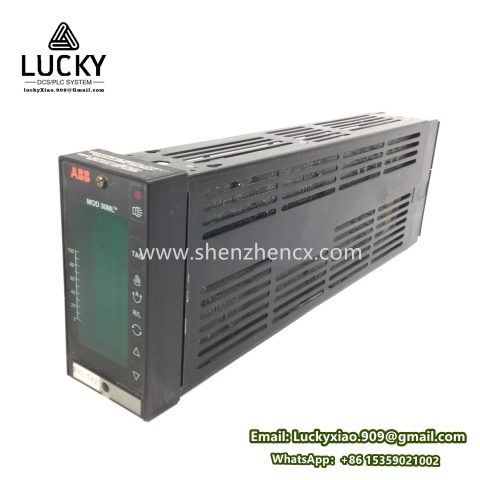
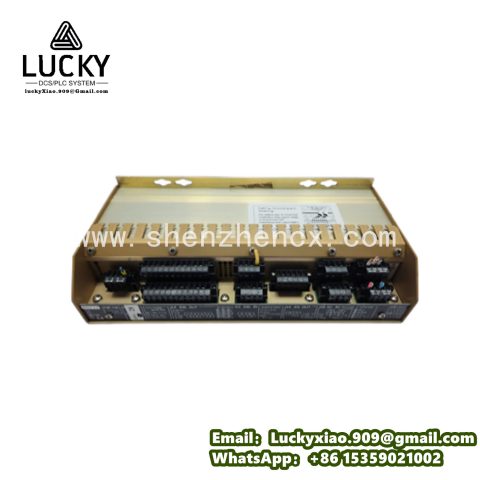
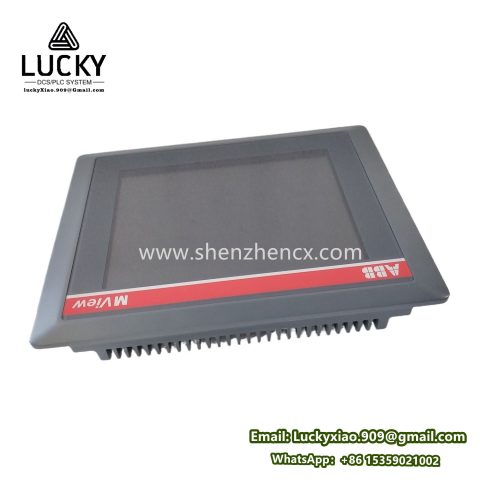
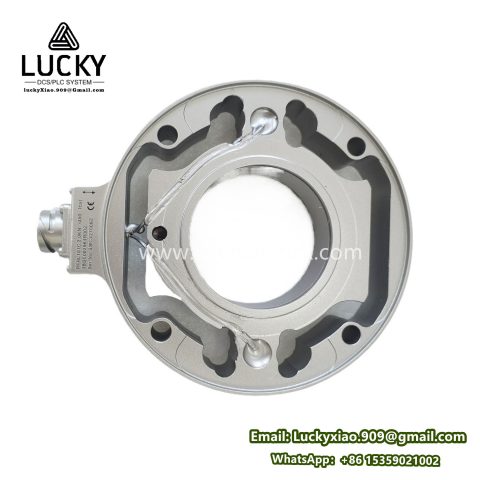
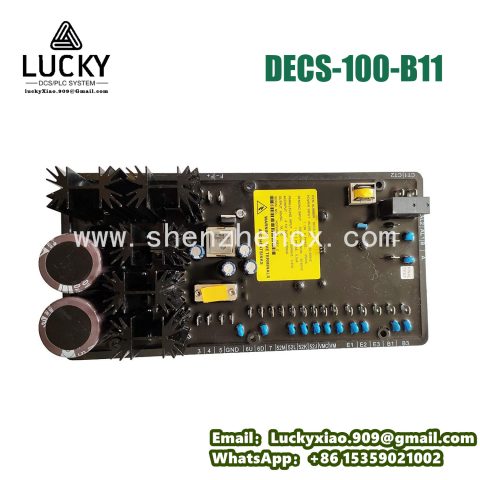
There are no reviews yet.